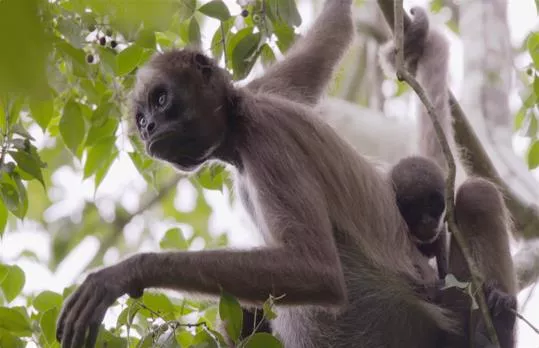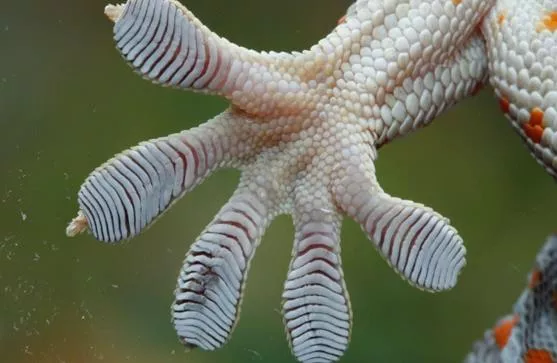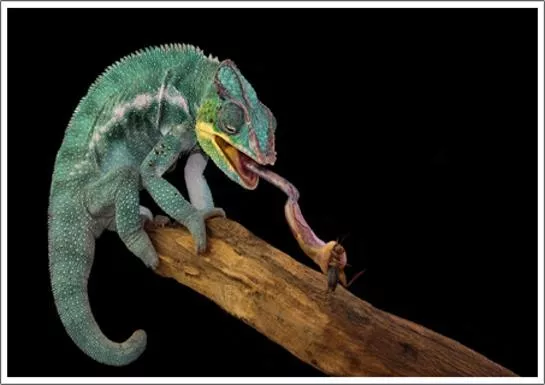Understanding Arboreal Adaptation in Animals
Arboreal locomotion refers to the movement through trees exhibited by animals like squirrels, sloths, and monkeys. These animals possess physical adaptations such as long limbs, prehensile tails, and claws to aid in tree climbing. Arboreal life offers safety, retreat, and easy access to food, shaping the phylogenetic history of vertebrates. Animals may progress in trees as branch runners or by swinging using their forelimbs, with specialized modifications in body architecture and limbs to thrive in arboreal habitats.
Download Presentation

Please find below an Image/Link to download the presentation.
The content on the website is provided AS IS for your information and personal use only. It may not be sold, licensed, or shared on other websites without obtaining consent from the author. Download presentation by click this link. If you encounter any issues during the download, it is possible that the publisher has removed the file from their server.
E N D
Presentation Transcript
Arborial? Arboreal Locomotion Tree Climbing Arboreal locomotion refers to species that live in and move through trees. These animals often possess physical adaptations that aid in this movement.
These adaptations may include long limbs, prehensile tail, and claws. Animals that exhibit arboreal locomotion include squirrels, sloths, and monkeys.
Arborial? Arboreal life is sought for safety, retreat and for abundance and easy procurement of food. From the phylogenetic history of the vertebrates, arboreal life is very significant.
Types The animals belonging to this category exhibit different modes of progression: (a) Branch runners Progression on the upper surface of the trees by the help of the fore- and hind-limbs. Most of the arboreal forms move by this method.
Types b. Forms swinging by the forelimbs Progression by swinging by the forelimbs is observed only in Primates. They can move with speed and accuracy by the forelimbs from tree to tree.
Modifications for Arborial Life: The general contour of the body and the limbs are extremely modified to lead perfect scansorial life. Body Architecture: For climbing, the chest along with ribs, the shoulder and the pelvic region are very strongly built. In fully arboreal types, the thorax is subcircular and the ribs are extremely curved.
Another modification is the elongation and the increment of the number of the dorsolumbar vertebrae.
Locomotory Organs Limbs: In arboreal forms, the proximal portion of the limb becomes extremely elongated and bears a definite ratio with the climbing ability. The feet may also be modified as prehensile or grasping organs.
The digits in this form may be opposable. In those cases where the feet are not prehensile, the digits are furnished with powerful claws as seen in Squirrels. The claws may be curved.
Contd. Presence of adhesive discs at the tip of the digits or on soles is climbing organs. These are observed in tree-frogs,. In tree-frogs the sticky secretion of the adhesive discs helps in adhesion.
Limb Girdles: The pectoral girdle is strongly built. The clavicles and scapulae are highly developed. The clavicles play a very important role and can withstand the pressure of the breast muscles. The pelvic girdle is less modified. The ilia become broadened out to support the viscera.
Modification of the Tail: In most arboreal forms, the tail is prehensile. In Chamaeleon the tail is prehensile. In non- prehensile forms, the ectodermal scales (as in Anomalurus, a flying squirrel) prevent the animal from slipping. One of the most remarkable examples is Ateles, the spider monkey, where the tail is highly prehensile.































